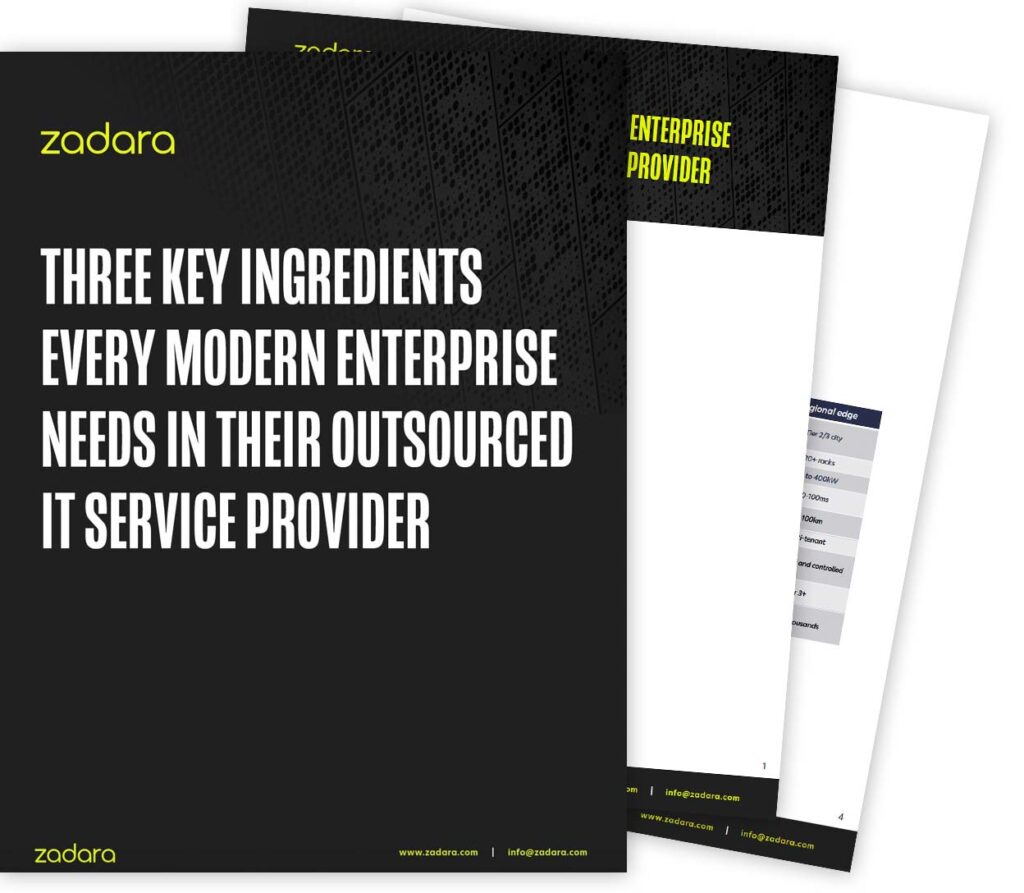
How to Solve Your Top Enterprise Storage Problems By Moving to the Cloud
As data capacity grows within the organization, so does the importance of that data. Today’s businesses depend on data for customer relationship management and marketing, operational intelligence, business intelligence, and even planning and forecasting for the future. However, as the capacity and the value of the data has grown, users are faced with a significant challenge: how can we store and manage all of it? Today, businesses have a variety of options to store their data using either on-premises or cloud-based solutions, depending on things like budget, regulatory issues, and the preferred IT infrastructure. With advancements in connectivity and security, cloud storage can provide a level of performance and security that rivals onsite solutions. Learn how to solve your top enterprise storage problems by moving to the cloud.









